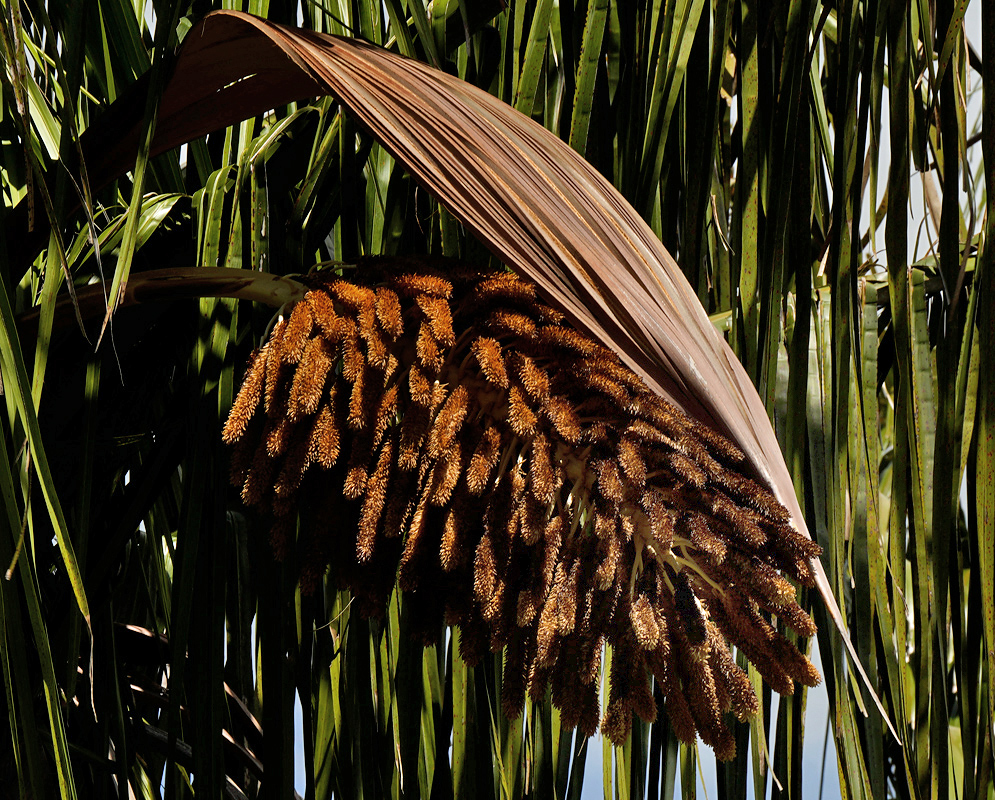This post has 11 Simple Fields-fields attached. Show fields.

Attalea cohune, commonly called the cohune palm, is a large, slow-growing palm species native to Central America and extending into parts of northern South America. It thrives in lowland tropical forests, open savannas, and river valleys, often forming dense stands. The palm is notable for its massive pinnate leaves that can reach up to 50 feet (15 meters) long, supported by stout trunks that may grow over 60 feet (18 meters) in height. The inflorescences, emerge among the leaves and bear numerous small, yellowish to brown flowers, later producing large, heavy fruits containing valuable cohune nuts. The cohune nut is rich in oil historically used for cooking, soap making, and as a lubricant, while the fibrous husks and leaves have traditional uses in roofing, weaving, and crafting. Its adaptability to poor soils and resilience to seasonal flooding have made it an important resource plant in rural communities, though harvesting can be challenging due to the tree’s great height and the weight of the fruit clusters. Photographed in Florida.

